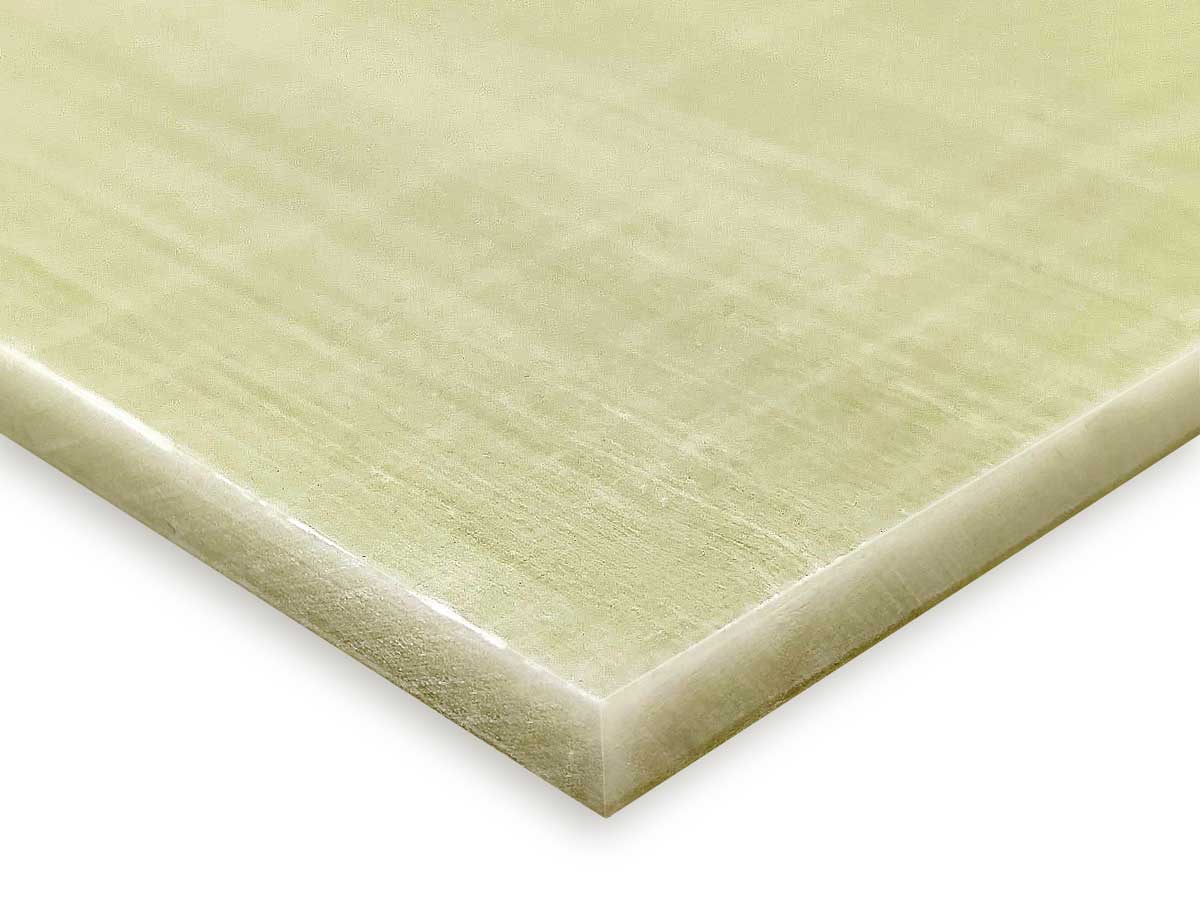
When you think of composite materials, you might naturally consider those that are widely used in boatbuilding or aircraft construction. But there’s another type of composite material that is less well-known but still incredibly useful: G10. It is a hybrid material built up from layers of glass fabric saturated with epoxy resin. When combined together, these elements make a strong and durable finished product. The epoxy-glass combination makes the material extremely strong and durable. In this blog post, we’ll take you through everything you need to know about G10 material and how to use it in your projects!
What is G10 Glass Epoxy Composite?
G10 is a fiberglass-epoxy composite material that is highly durable and corrosion-resistant. It is most commonly used in applications where high strength, low weight, high chemical resistance, low water absorption, and high electrical and thermal isolation are needed. G10 is manufactured from woven fiberglass cloth that has been impregnated with epoxy resin. Epoxy is used because it is very strong and resistant to chemicals, heat, and UV light. For this reason, it is often used in the accessories of firearms and other weapons. G10 is typically stronger than other synthetic materials such as fiberglass, phenolic, or balsa wood.
How is G10 Made?
G10 is made by mixing together epoxy, fibers, and a hardener. This is then coated over glass fabric to create prepreg, glass fabric impregnated with epoxy resin. The fabric can then be cut and pressed together to create a material with a variety of unique properties. The most common shapes (forms) of these composite materials are sheet, tube, and rod.
Can G10 be used in High Temperature Environments?
The epoxy resin in G10 can be affected by high temperatures above 140 degrees Celsius, so if you’re looking for a higher-temperature application, you should consider higher-temperature materials like G11 or G7.
Does G10 Rust?
No, G10 does not rust because epoxy resin is resistant to moisture and oxygen. Therefore, it will not corrode and rust like many other materials. This makes G10 a very durable material that can withstand a large amount of wear and tear.
What Are G10s Benefits
- Strong and durable – G10 is a very strong and durable material that is suitable for a wide variety of applications. This makes it ideal for high-use items like knife handles and gun grips.
- Corrosion resistant – G10 is non-conductive, non-corrosive, and non-sparking. This makes it ideal for electrical applications, such as wiring and marine equipment.
- Lightweight – G10 is lightweight, so it is a suitable material for use in lightweight aircraft or marine equipment.
- Electrical and thermally isolating – G10 does not conduct electricity or heat, making it extremely useful for power generation or other electrical equipment
What Is G10 Used For?
G10 is used in a wide range of applications, including:
- Electrical accessories – G10 is often used in electrical accessories such as wiring due to its non-sparking, non-conductive properties.
- Firearms accessories – G10 is often used in gun accessories such as rifle stocks and knife handles due to its durability and strength.
- Marine – G10 is often used in marine equipment such as boat hulls, boat covers, and canopies due to its corrosion resistance.
- Aircraft – G10 is often used in aircraft equipment such as panels, instruments, and wiring due to its non-sparking, non-conductive properties.
- Power generation – G10 is often used in power generation, transformer, and power distribution equipment because it doesn’t absorb water, and is extremely good at high voltage insulation and isolation.
Is G10 Material Good?
Yes, G10 is a very strong and durable material that is suitable for a wide variety of applications. G10 is particularly useful for applications where electrical sparks are present due to its non-sparking, non-conductive properties, and where light weight and high strength are required.
Drawbacks of Using G10
G10 is a relatively expensive material when compared to common metals such as aluminum or steel, which might make it unsuitable for smaller projects. G10 material can also be difficult to work with due to its rigidity and high fiber content. However, when compared to engineering thermoplastics such as nylon, PEEK, and PEI, G10 is extremely affordable.
Where to Find G10
Atlas Fibre stocks the most G10 in North America! Call or drop us an email to see if we can help with your application.
